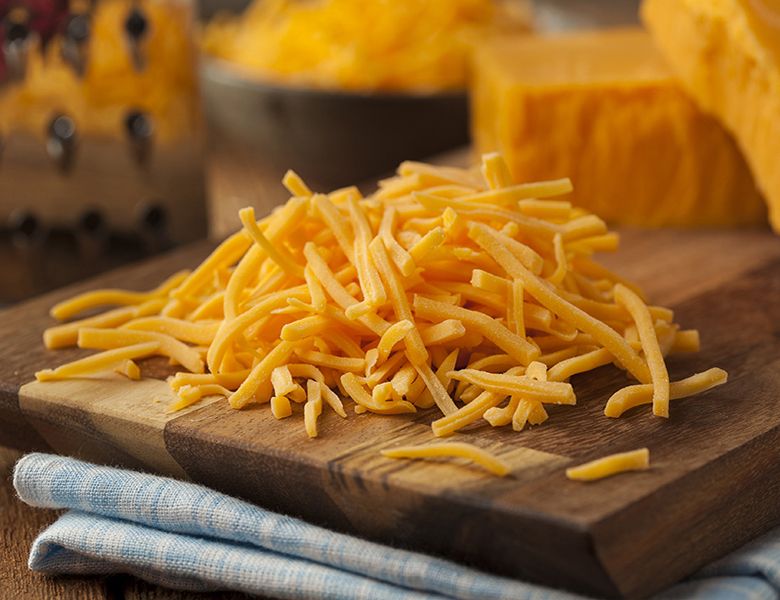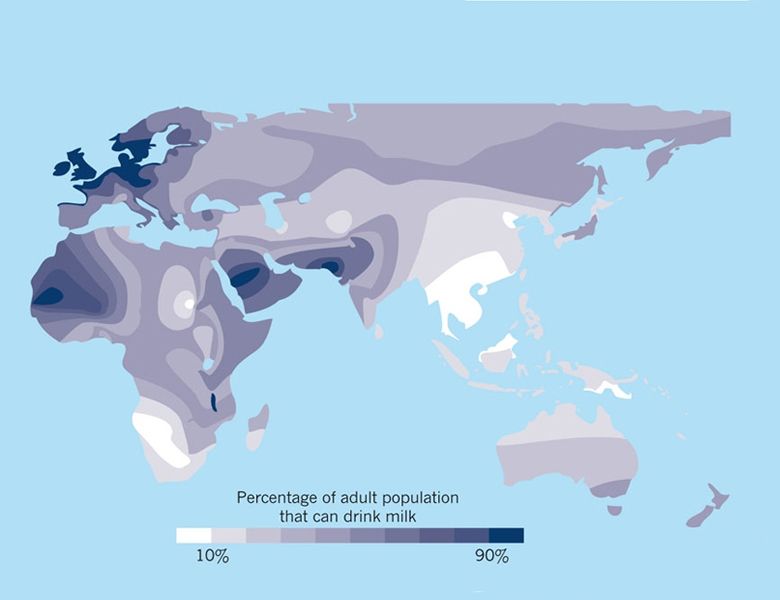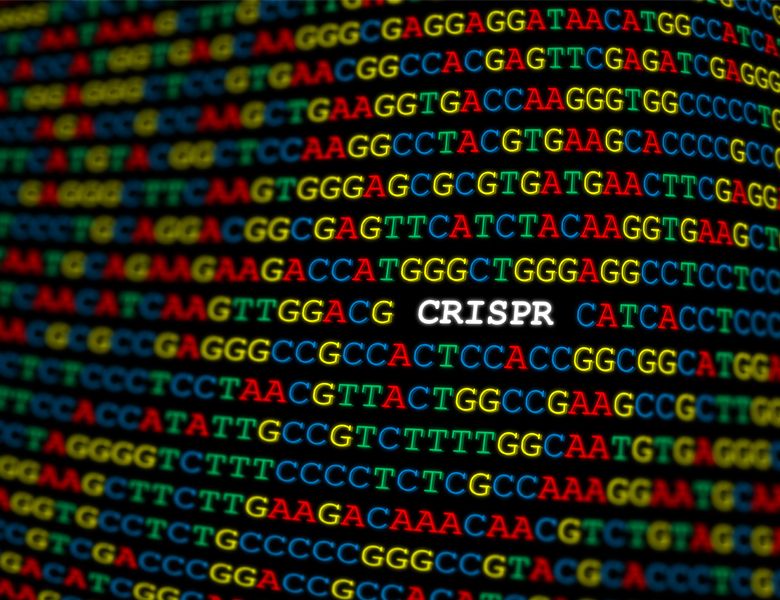- آتاماد
- The production of Cheddar cheese (Second part)
The production of Cheddar cheese (Second part)

- | user2 |
- Viewer: 1017
The production of Cheddar cheese (Second part), Renneting ,The enzymes used for milk coagulation eliminate the caseino- macropeptide ‘hairs’ from k-casein
and there by paracasein micelles start to aggregate. The role of the acid produced by lactic acid bacteria is to dissolve the calcium phosphate from the micelles and the electric charge is neutralized. Aggregation influences the formation of protein network. Fat globules and milk serum are wrapped in the network.
Cutting
Very important for the cheese yield is the moment of cutting the gel. When the gel is weak it has the syneresis is not pronounced and fat and protein are lost with the way. If the gel is too hard, the curd is broken and also the fat and protein are lost. For Cheddar cheese the cut size is relatively small 5-10 mm, typical for hard cheeses.
Stirring/scalding
The curd in the whey is continuously stirred until sufficient acid has been produced and whey is separated from the curd (Walstra et al. 2006).
For controlling the water content the duration of stirring and scalding temperature are of paramount importance. It should be around 40ºC. Curd particles contract when heating and thereby moisture is expelled.
Cheddaring
Cheddaring is one of the unique steps in making cheddar type cheese. In which blocks of curds are piled on top of each other to expel moisture. Then the curds are milled and grounded in to small pieces, molded and pressed to give a crumbly texture to the final cheese. The whey is drained off and the curd mass cut into large strips that are piled up. The portion fuses again and then spread slowly into thinner slabs that are turned cut again into strips and piled up. According to Walstra et al. (2006), acid production during cheddaring is of paramount importance. When pH is dropping the curd expels whey and the importance of acidification here, affects the final moisture and the texture of cheese.
Milling
The curd is cut into strips about the size of a finger (Walstra et al 2006). If the curd is cut finely there will be a loss of fat and curd fine. Course cutting result in less diffusion of salt (salt diffusion requires long time and result non homogeneous cheese texture as a result local death of LAB).
Mixing
The salt retards the growth of lactic acid bacteria. Salting is performed in cheddar cheese making by mixing dry salt with broken or milled curd at the end of manufacture. Ten minute is necessary for mellowing (salt absorption) during salting. The curd is salted, and the salt curd mixture is pressed in molds. It helps to have a normal close texture of cheese and is done for 30 min at 40 oC.
Pressing
In the past, the salted curd is putted into molds and pressed. The inconvenience is that long pressing time and high pressure is needed. Nowadays, the pressing is carried out under vacuum and lower pressures needed. Low pH and temperature affects the texture of the cheese.
Waxing/packaging
The pressed cheese is wrapped in plastic foils.
Curing
Generally, curing takes place at 8 °C from 2 to 10 months, the period influencing the flavour.
Cheddar has a pH of between 2.5 and 5.5 and usually takes between 1 and 2 months to take effect. Factors affecting the taste of cheddar cheese include short peptides, free amino acids, volatile compounds, and fat levels. Fat is an important factor for stability and taste and acts as a solvent for hydrophobic compounds, while lipid breakdown and ketone formation from free fatty acids also help the taste.
Find out more
You are welcome to contact us for more information.
By,
ATAMAD technical support sector
Reference:
Nassar, Khaled & Lundin, Josefin & Iordache, Flavian & Hailu, Yonas & Kide, Mengistu. (2015). The production of Cheddar cheese.. 10.13140/RG.2.1.4958.2801
GET IN TOUCH
Copyright © 2023 Atamad.com All right reserved
Website design and SEO services by Seohama team – Web hosting by Sarverhama
Copyright © 2023 Atamad.com All right reserved
Website design and SEO services by Seohama team – Web hosting by Sarverhama








